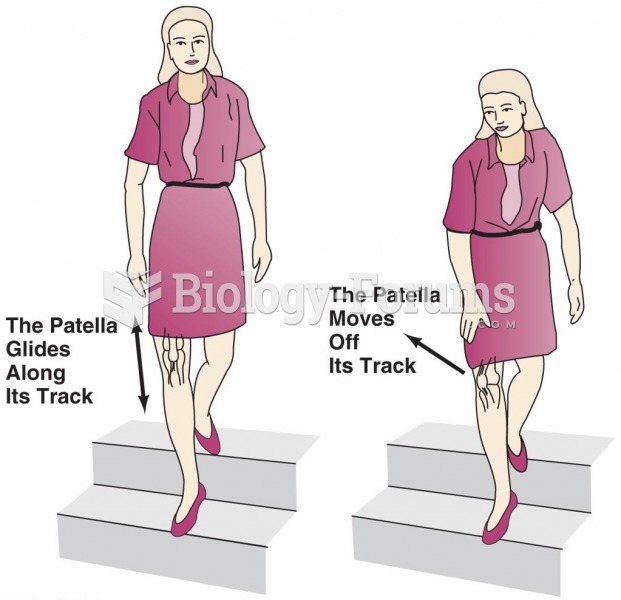Answer to Question 1
Correct Answer: 1
Rationale 1: Topical medications work directly at the point of application on the body. They are useful for painful procedures such as lumbar punctures or bone marrow biopsies, or for injections. These products can also offer effective pain relief for chronic pain syndromes such as low back pain.
Rationale 2: The rectal route is useful for clients who have difficulty swallowing, or nausea and vomiting.
Rationale 3: The transmucosal route is helpful for breakthrough pain because the oral mucosa is well vascularized, which facilitates rapid absorption.
Rationale 4: The transdermal approach delivers a relatively stable plasma drug level, and is noninvasive. The medication, however, is systemic which might not be what is necessary for the client with chronic low back pain syndrome.
Answer to Question 2
Correct Answer: 3,4
Rationale 1: Blended medications do not encourage the development of tolerance.
Rationale 2: Blended medications do not encourage the development of addiction.
Rationale 3: Rational pharmacy is a concept whereby health professionals should be aware of all ingredients of medication that alleviate pain. Combinations reduce the need for high doses of any one medication, maximizing pain control while minimizing toxicity.
Rationale 4: Rational pharmacy is a concept whereby health professionals should be aware of all ingredients of medication that alleviate pain. Combinations reduce the need for high doses of any one medication, maximizing pain control while minimizing side effects.
Rationale 5: Blended medications do not reduce the onset of pseudoaddiction.







